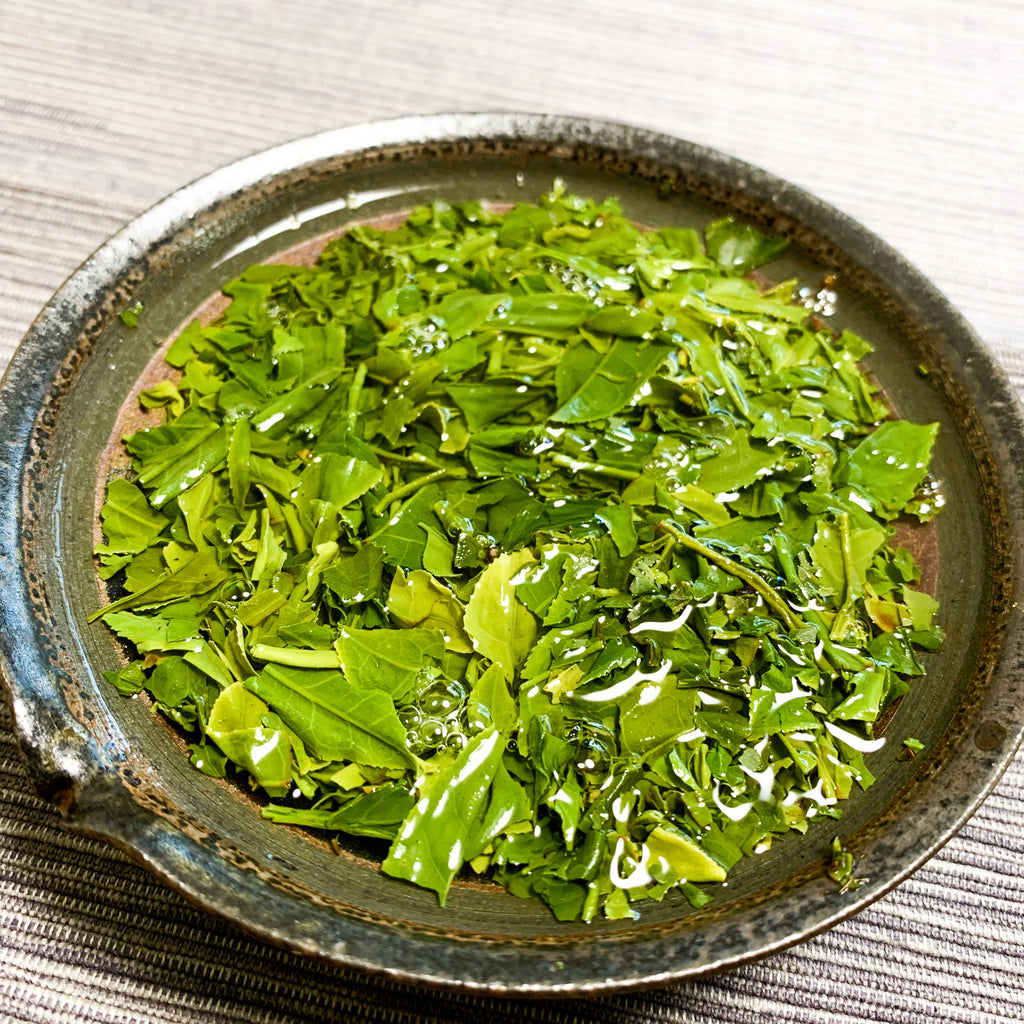In recent years, it has been reported that the people suffering from allergies such as hay-fever and asthma are increasing, and demands for solutions to such health problems are becoming ever stronger. It is well known that green tea has many health benefits, and one of them is the effect of anti-allergy. To prove this, some researches have been carried out.
One of the researches is the one by the Japanese agriculture research center “Noken Kiko”. An experiment has found that the green tea cultivar “Benifuki” has the effect of anti-allergy.
In an experiment conducted, a number of volunteers suffering from hay-fever were divided into 2 groups. Group 1 was asked to drink Benifuki cultivar and Group 2 asked to drink Yabukita cultivar for a certain period of time.
The results revealed that Group 1 who drank Benifuki showed less runny nose and itchy eyes. Furthermore, the people who started to drink Benifuki 1.5 months prior to the start of the hay-fever season showed higher effects than the people who started to drink the same tea after the hay-fever season started. These good effects were a less frequency of blowing nose, milder symptoms of watery eyes and sore throat etc.
So now we know that Benifuki works well to alleviate the symptoms of allergies but what makes Benifuki so effective?
Through some studies, it has been found that methyl catechin is the element that works as anti-allergy. However there was a problem that Benifuki was originally developed as a cultivar for black tea and the methyl catechin contained in Benifuki was destroyed through fermentation process of manufacturing black tea. Therefore, Benifuki has been getting adopted as a green tea cultivar as well as black tea cultivar, since green tea doesn’t require fermentation process, then methyl catechin can remain.
This Benifuki contains 1.5~2.5% of methyl catechin in dried green tea leaves. In fact, the amount of methyl catechin contained in the Benifuki used in the above said experiment was more than 34mg per day.
The methyl catechin is the substance where epigallocatechin gallate (EGCG) has been transformed into methyl ether. (EGCG is a part of the main element of the green tea.) The methyl catechin has 2.5 times greater anti-allergy effect than EGCG.
Now that Benifuki was found to be good to alleviate allergy, the next step was to produce this green tea cultivar commercially. The research center “Noken Kiko” established the methods to cultivate Benifuki and introduced the cultivar to various tea growing areas in Japan. Even though the Benifuki drink does not have nice green color and it tastes bitterer than the standard green tea, Benifuki’s anti-allergy benefits have made this tea cultivar a big demand in the market as there are many hay-fever sufferers. Benifuki is now sold in the form of processed tea leaves or tea bag. Also, through some collaboration with food industries, new products have been developed such as tea bottles, baby powder and body soap etc using Benifuki extracts. Researches are continuously trying to develop new products that can be more easily taken or used by consumers to fight against allergy.

